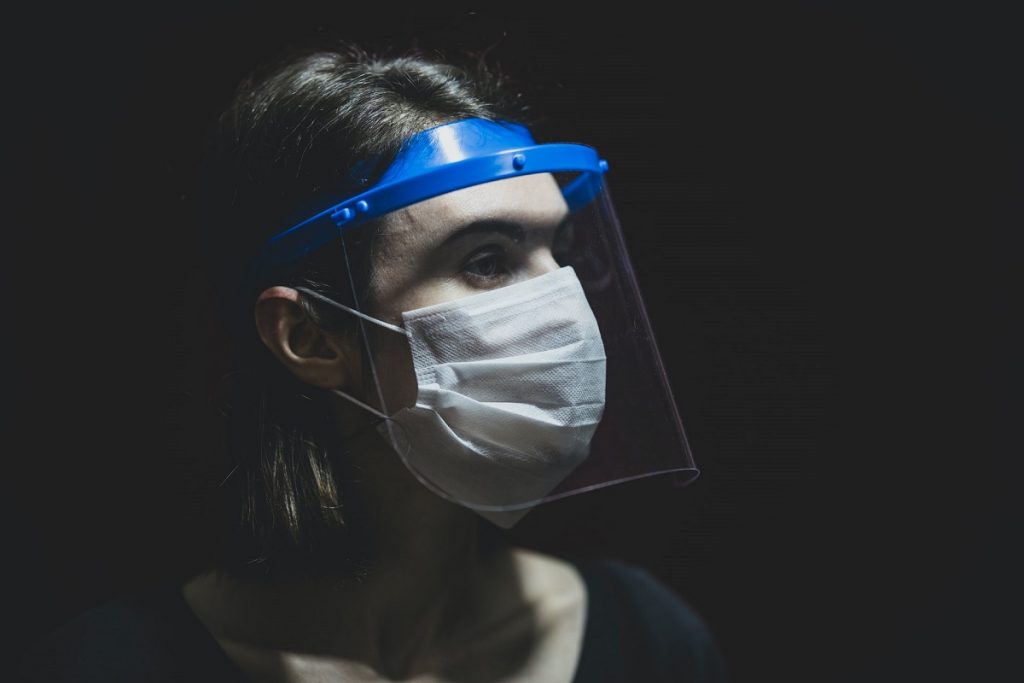Seasonal flu vaccine catches on in Armenia – mostly amongst medical workers
It is already the 11th year that seasonal vaccination against influenza has been carried out in Armenia. Prior to that, the country did not have a national influenza strategy. Residents themselves have largely not been interested and even avoided vaccination.
But in 2020, even before the start of the active phase of seasonal influenza, half of the entire batch of vaccines imported for the year had already been used up in the country.
- Armenia extends quarantine measures for 6 months, vaccination to begin in Feb
- Armenia: disinformation spreading faster than the epidemic
- During and after the war: where and how did Karabakh schoolchildren study
Sveta Nersisyan, 58, is hurrying to the clinic for vaccinations early in the morning. At 9:30 am, although the day has just begun, there are already more than 20 people in the vaccination queue. But Sveta does not care that she will have to wait in line for a couple of hours. For the third year now, on her own initiative, she has been vaccinated against seasonal flu. She says that during this time she has never been infected:
“In October last year, I fell ill with coronavirus, but, unlike my peers, I suffered the disease with almost no symptoms. I think this was also facilitated by the fact that I was vaccinated against seasonal flu, my body was not weakened by viruses. This year, unfortunately, I came very late for vaccination, because in the fall the Karabakh war swept everything into the background.”
The grandmother of three grandchildren usually does not come for vaccination alone; she comes with them. But now one of the kids has a cold, and it is impossible to vaccinate in such a state. But Sveta assures that as soon as he recovers, the grandchildren will also receive the vaccine. She complains that her husband does not agree to come with her in any way, although he is at risk.
Vaccine availability
Since Armenia does not produce vaccines, their availability has always been a problem for the country. Years ago, seasonal flu vaccines were imported haphazardly and in extremely limited quantities, only those at risk were vaccinated.
This includes doctors themselves and the police. So, in 2010, only health workers received vaccines against seasonal flu.
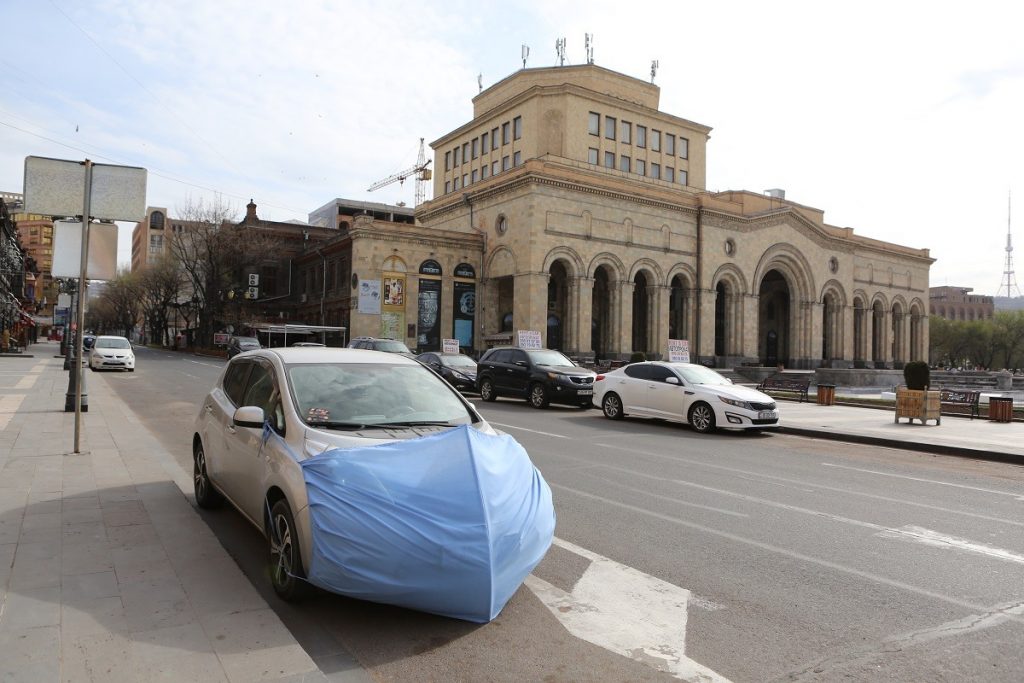
Expert opinion
According to Svetlana Stefanet, UNICEF Regional Immunization Specialist for Europe and Central Asia, different factors affect vaccination rates:
“These include inadequate funding for immunization programs due to competing priorities, difficulties in accessing vaccines at an affordable price, which delays procurement as countries rely on domestic financial resources. Another problem is weak evidence-based planning: one in three countries in the region does not have or does not update comprehensive multi-year immunization plans.
Difficulties also arise in introducing new vaccines and maintaining effective vaccine management. Data quality is also an issue in some countries in the region, including the lack of electronic information systems.”
She notes that there is uncertainty and low demand for immunization in many countries due to misinformation and anti-vaccination movements that are particularly active on social media.
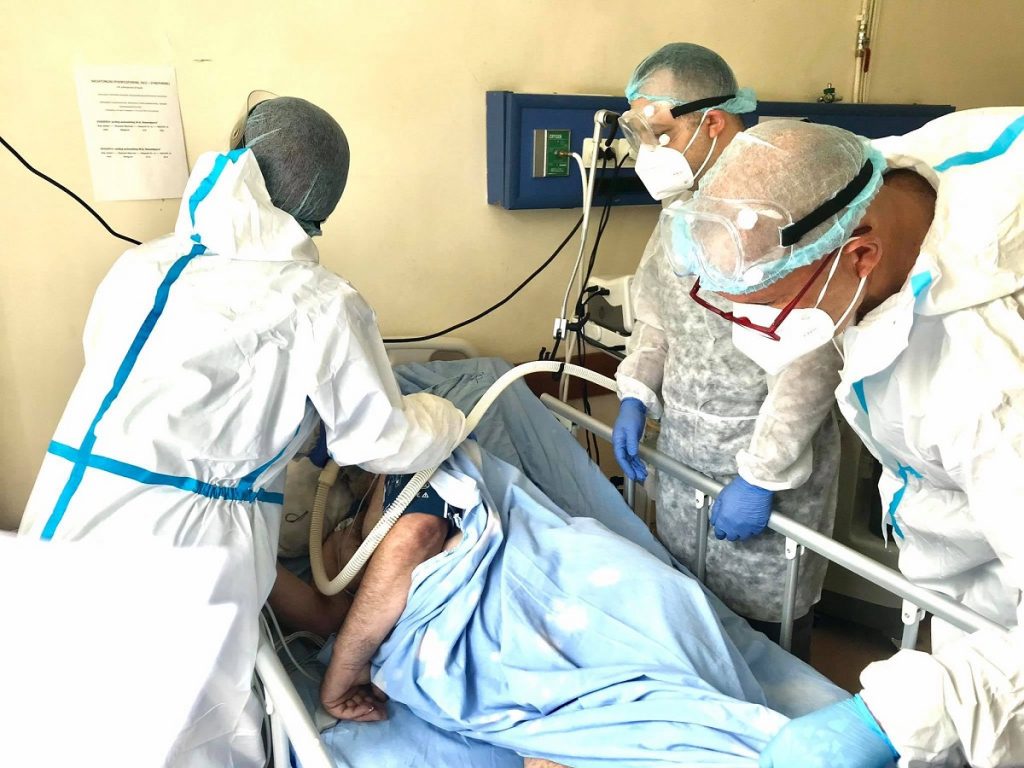
About vaccination
More babies are brought to polyclinics for vaccinations and patients over 55 years old come. Many of the adults are returning for a second or third time, because they have already become convinced of the effectiveness of vaccination.
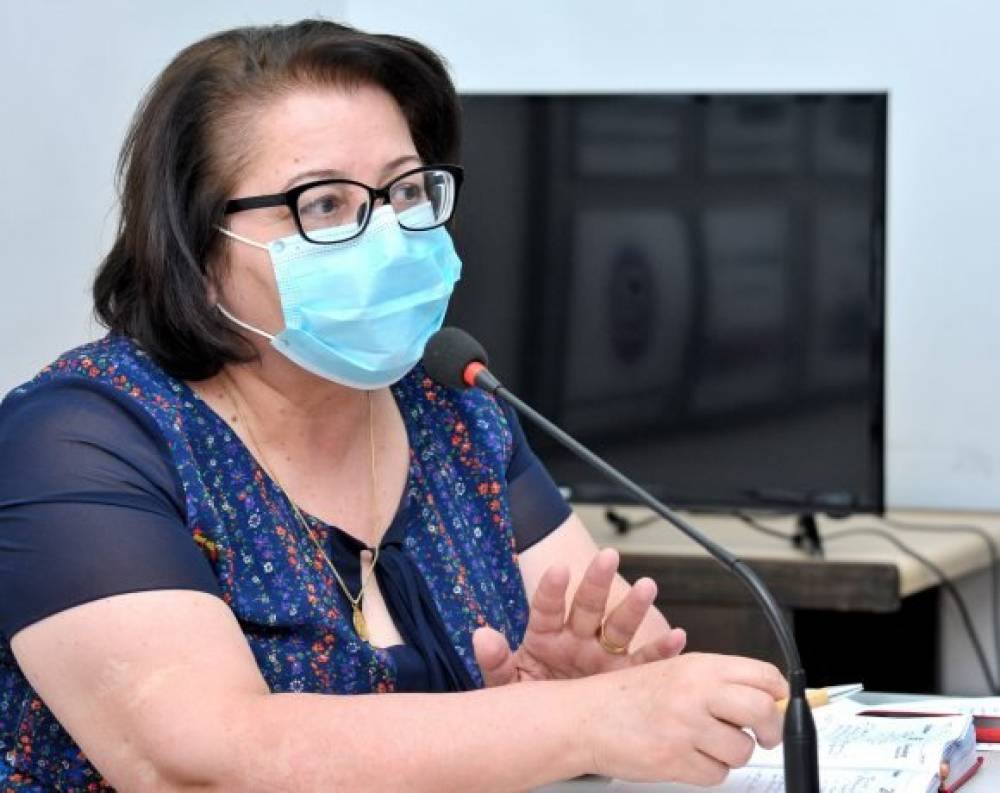
Gayane Sahakyan, Deputy Director of the National Center for Disease Control and Prevention, says that most of those who want to get vaccinated are among health workers:
“About 60% return to us. We consider this a very important indicator, because not only their health depends on it, but the level of confidence in immunization among the population increases. Polls show that 96-98% of people make decisions about vaccinations based on the opinion of health workers”, she says.
According to the Ministry of Health, the guaranteed amount of vaccines for the 2020-2021 season was 210,000 doses. Given the growing incidence of coronavirus, it was decided to import another 50,000 doses. And by the end of September they were already in Armenia.
“As a rule, vaccinations start in November, but seasonal flu intensifies in late January – early February. Usually, the majority of vaccinations are given during this period. For example, last year, at the end of January, a death from seasonal flu was recorded, which was actively covered in the press.
After this incident, Armenia very quickly ran out of all supplies of the seasonal flu vaccine. This year, there is an increase in applications among citizens. The flu season is not yet active, but half of the vaccines have already been used. This was also influenced by the spread of the coronavirus,” says Gayane Sahakyan.
Vaccines are purchased based on the number of those at risk. Several years ago, vaccines were imported to Armenia on the basis of 5% of those in risk groups, given the readiness of people to receive them, then this year the imported doses will be enough for 50% of those included in these groups.
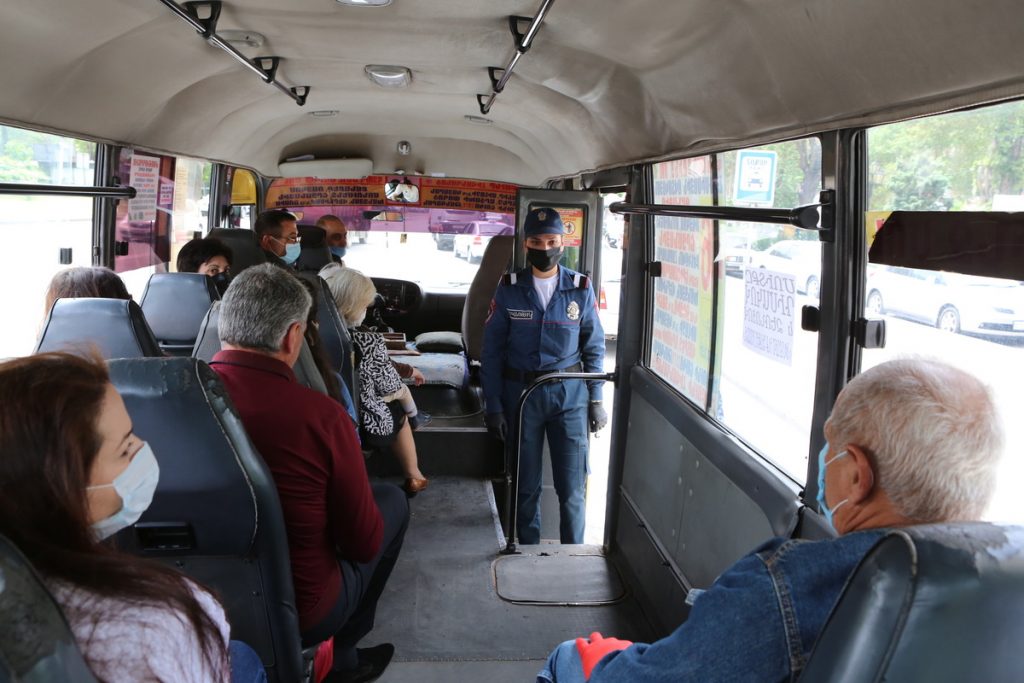
What about the Coronavirus vaccine?
There is no vaccination against coronavirus in Armenia yet. The country has received a small batch of Russian-made Sputnik V vaccine as a gift.
Armenian Minister of Health Arsen Torosyan (recently transferred to another job) became the first volunteer to receive the vaccine. After that, they received many calls from residents interested in the vaccine, according to the ministry.
“Of course, there is interest, but there are also fears. They are more common on social media. We follow the negative publications regarding immunization and notice that they are mainly not the result of a principled position, but unfounded alarms, which, unfortunately, have an impact on the overall picture,” says Gayane Sahakyan.
The Ministry of Health of Armenia is negotiating the purchase of vaccines, in particular, Sputnik V and AstraZeneca. At the first stage, the Ministry of Health intends to vaccinate 10% of the population.
